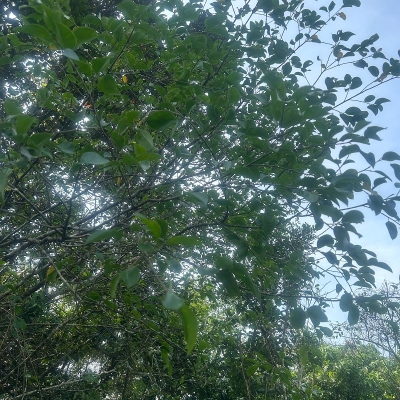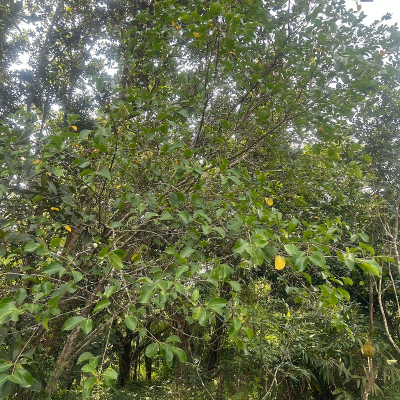Ficus microcarpa Linn.f.
Synonyms : F. retusa auct.non Linn.
Family : Moraceae
Group : 5. Nalpamaram, 6. Star trees
Parts Used : Root , Leaf , Bark
Vernacular Names :-
| English | : | ithi |
| Malayalam | : | Ithi |
| Hindi | : | Kamarup |
| Sanskrit | : | Plaksah |
| Bengali | : | Kamarup |
| Kannada | : | Itti |
| Tamil | : | Kallicci |
| Telungu | : | Plaksa |
Distribution and Habitat: India and Sri Lanka, S. China, Ryukyu Islands and Britain.
Botany: It is a large glabrous evergreen tree with few aerial roots.
- Leaves : Short-petioled, 5-10 cm long, 2-6 cm wide and apex shortly and bluntly apiculate or slightly emarginate. Main lateral nerves are not very prominent and stipules are lanceolate. Petioles 6-13 mm long. Receptacle small, about 8 mm diameter.
- Flowers: Male flowers- numerous; sepals 3, stamen 1, filament as long as the cordate apiculate anther. Gall flowers sessile or pedicellate. Sepals 3, style short. Fertile flowers usually sessile. Sepals 3. Style short; stigma cylindric or clavate.
- Fruit: Receptacles are sessile and globose occurring in axillary pairs. It is yellowish when ripe without any characteristic smell.
- Bark: Dark grey or brown with a smooth surface except for the lenticels. Outer bark is corky and crustaceous thin and firmly adherent to inner tissue. Inner bark is light and flesh coloured with fibrous texture.
Properties: Bark is antibilious. The bark and leaves are astringent, refrigerant, acrid and stomachic.
Chemical constituents: The bark contains tannin, wax and saponin. It contains friedelin, lupeol, oleanolic acid, ursolic acid, bet-ulinic acid, betulonic acid, lupeol and lupeol acetate. Leaves contain flavonoids, megastigmanes and pheophytins like catechin, epicatechin and isovitexin.
Uses: The bark and leaves are used in wounds, ulcers, bruises, flatulent colic, hepatopathy, diarrhoea, dysentery, diabetes, hyperdipsia, burning sensation, haemaorrhages, erysipelas, dropsy, ulcerative stomatitis, haemoptysis, psychopathy, leucorrhoea and colporrhagia.
Formulations: The stem-bark is used to prepare Usirasava, Gandhataila, Nalpamaradi taila, Valiya marmagulika, etc.
Agro technology:
Propagation: Propagation mainly through seeds. The plant is vegetatively propagated by stem cuttings. A few species are also seed propagated. Stem cuttings of pencil thickness taken from the branches are to be kept for rooting. Rooted cuttings are to be transplanted to prepared pits.
Harvesting: Bark can be collected after 15 years. Ficus species generally has an economic life span of more than hundred years. Hence bark can be regularly collected from the tree. Root, bark, leaves, fruits and latex form the economic parts







